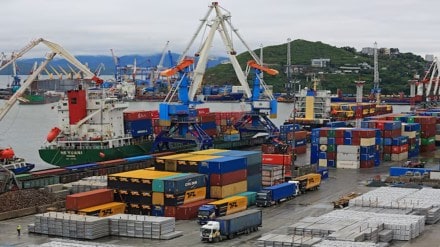By Jamal Mecklai, CEO, Mecklai Financial
Growing up in a village in UP, Aladdin is uneducated and, in fact, illiterate. He moved to Mumbai when he was eight and worked as a helper at a street stall and worked his way up and across to where he now works as a driver (for the past 15 years). He has educated his two sons, one of whom is currently in college, and has bought a property in the suburbs, which he has leased out. Smart and hard-working, despite his handicapped upbringing, his is a quintessential Indian success story. Except…
I was speaking to him the other day and I asked him how things were going and what his plans were. He said things have gotten so expensive over the past few years that he can’t, at this point, see any additional horizons he could try and cross.
To my mind, this speaks of the loudest failure of our economic policy. I don’t know whether policymakers spend much time talking with—or, indeed, thinking about—the lower middle class, but this is the largest cohort of our population and high prices are their number one problem. It needs to be acknowledged as such—including by the prime minister—and constantly managed on a war footing, so Aladdin (and his brothers and sisters) can truly create an Indian dream.
To be sure, the Reserve Bank of India (RBI) and the government have had good success over the years in bringing inflation down. At the last Monetary Policy Committee (MPC) meeting, the central bank lowered its inflation projections for 2025-26 to 2.6% from 3.1%. However, as Ajay Tyagi pointed out in a recent article, the RBI’s successes, even on the inflation front, have been modest. “During the last nine years…one of the contentious issues has been the RBI’s inability to keep headline inflation below 6% for a substantial period… between December 2019 and August 2023, the CPI (consumer price index)-based inflation rate was above 6% in 26 out of 44 months.”
Much more importantly, though, it is not inflation that is the real problem but high prices—for cooking oil, fuel, and other critical items of consumption.
To address this, rather than simply focusing on the balance between inflation and interest rates, the RBI should actively manage the rupee at its strongest possible level in a drive to keep prices contained for all of us, particularly Aladdin and his ilk. The collateral benefit is that this will also keep inflation low and enable reducing borrowing costs further.
I touched upon this need in an earlier article, and was not surprised to see my view confirmed in a recent article from the St. Louis Fed (in the US), which highlighted the fact that over the past year, the Indian rupee has weakened more (4.56%) on a real effective exchange rate basis than any of the over 50 currencies it tracks.
As I had pointed out, using rupee weakness to promote exports, which, of course, is and should be an important plank of economic policy, should only be done when Indian exporters can effectively take advantage of it to increase global sales. This means being sensitive to global business and demand conditions. Blind belief that a lower rupee is good for the country leads to the situation we currently face, where average monthly exports have fallen by 2.3% between 2022 and today, despite the rupee weakening by nearly 10%! Unsurprisingly, the correlation between the monthly change in exports and the monthly change in the rupee was -0.3%, confirming that rupee weakness had no impact on exports over this period.
Clearly, it’s been a wasted effort and with imports more than 60% higher than exports, it has resulted in the huge rise in local prices that Aladdin spoke of.
To be sure, the rupee is “relatively” free floating, with supply and demand largely determining its value. However, markets are basically cowardly, and generally don’t fight the central banks. The RBI is the largest daddy in the market and if it believed, at a point in time, that the rupee should be stronger, it could certainly steer the market in that direction. Selling in the non-deliverable forward market would send a strong signal.
As it happens, at the current time, there is another reason to favour a stronger rupee (or, certainly, not a weaker one). Hard as it is to admit, Donald Trump is here to stay (for at least another three years), and his demands are only going to increase. Several large Indian companies, perhaps under government pressure, are looking to invest in manufacturing in the US to appease Trump, but it is an extremely tall order, since costs in the US are much too high. A stronger rupee would reduce the impact in rupee terms, assisting such investment.
With the global growth forecast to remain slow over the next year (or longer), it would be great to see a changed approach from the RBI.
